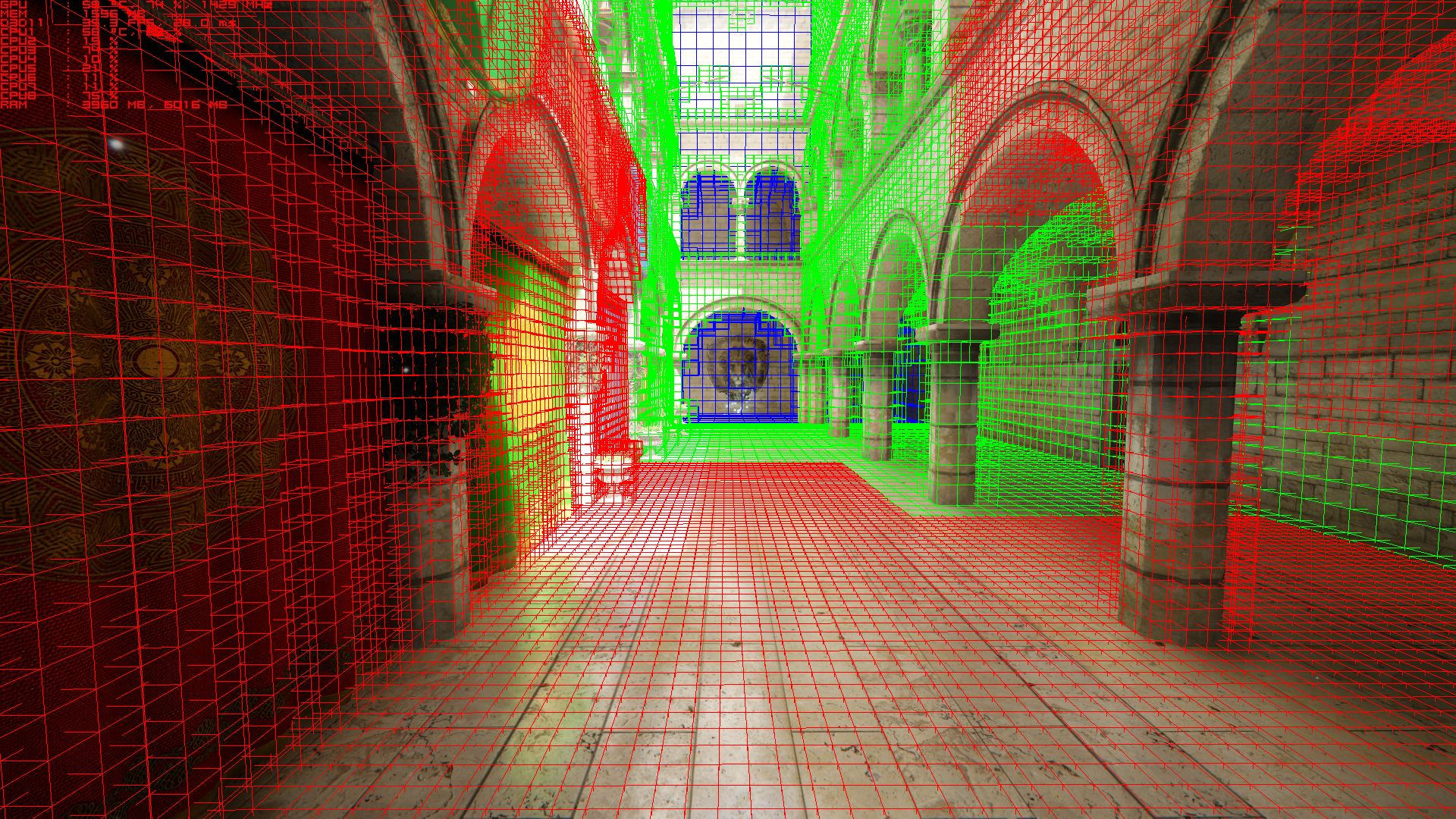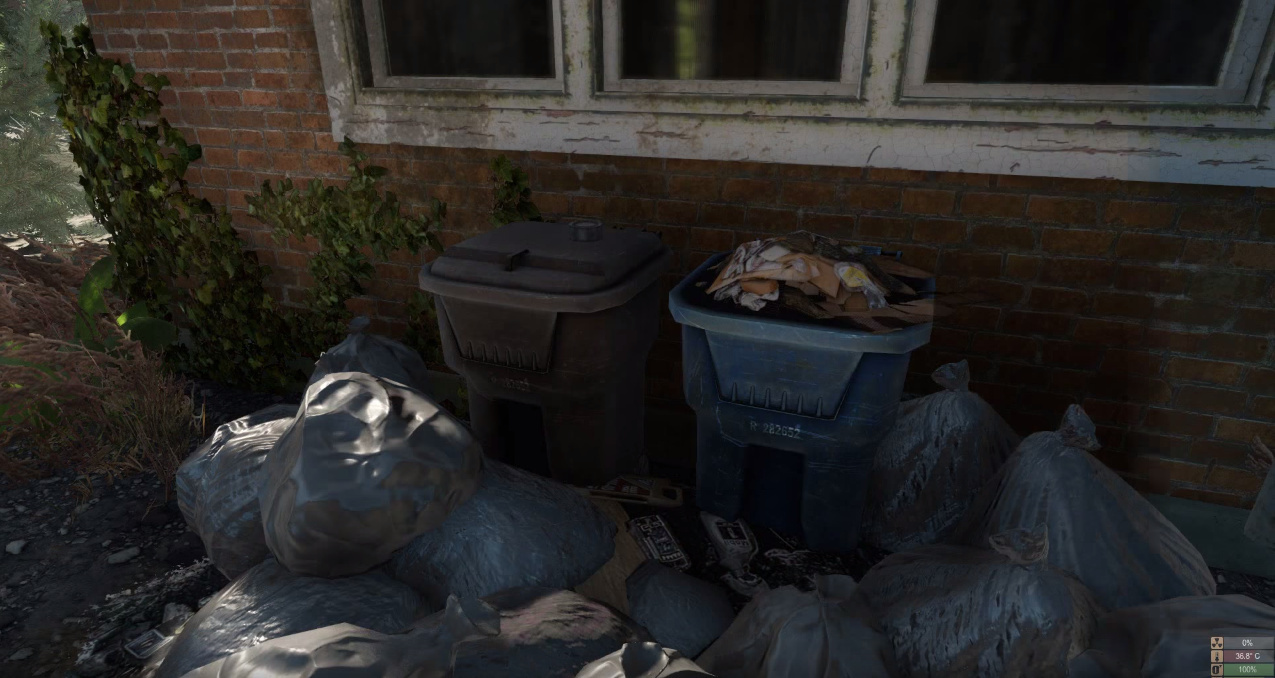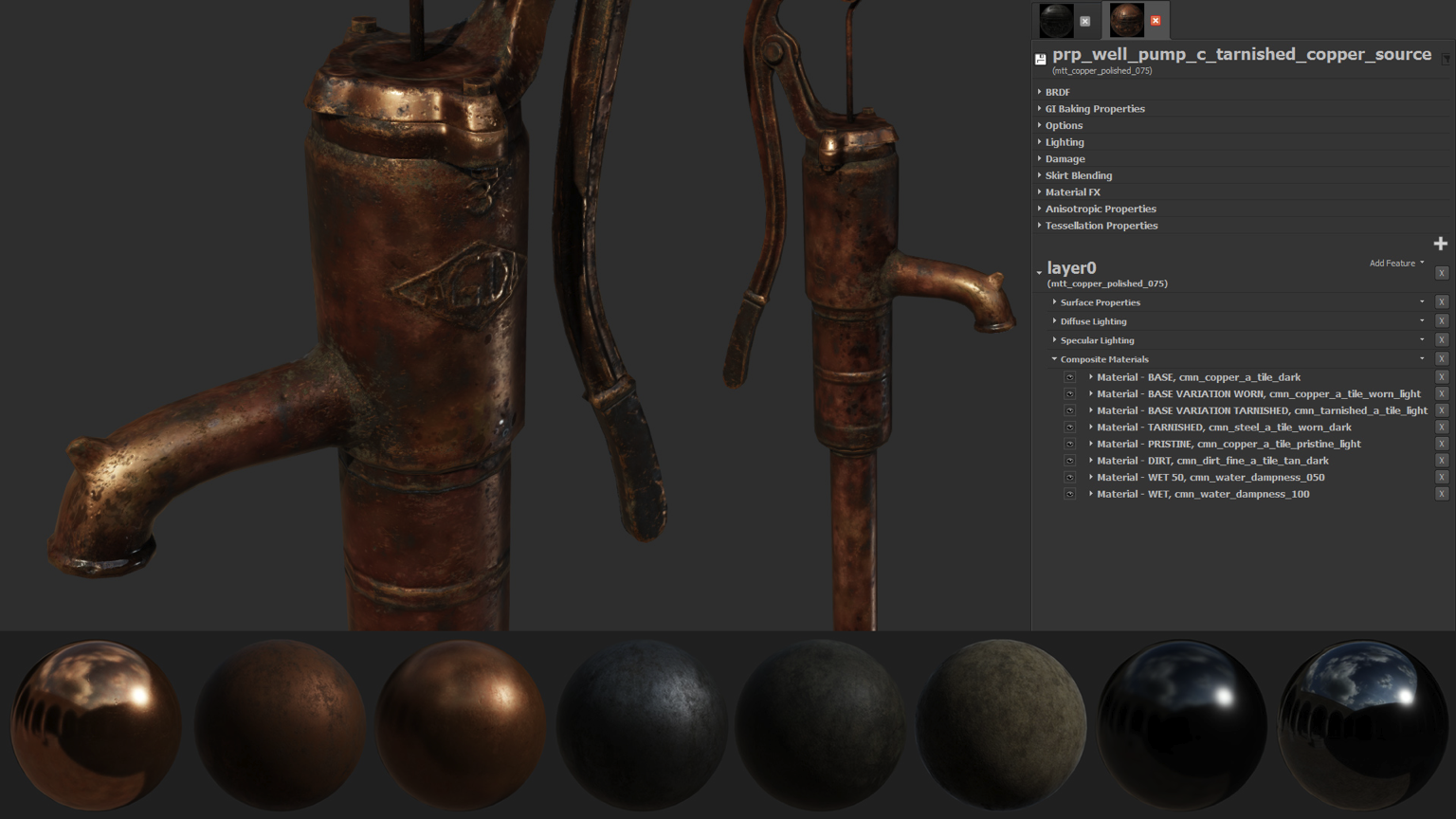I noticed the lack of radiosity too (diffuse inter-reflections). Most of their shaders also look quite flat - no specular of translucency as far as I can see. (other than the water shader)..
Well, most material outdoors are always diffuse.. so they will be rather "flat" as well as not offer up much in terms of radiosity. Dark greens and browns just do not reflect too much... but they do occlude quite a bit.
All the illum shader work follows their PBS work flow, glass (translucent materials in general as you mention)on the other hand... only follows it as of 3.7+ (supporint specular and other lighting properties). You have to set it up individually per translucent material as it is expensive.
Do they need to switch to PBR to support radiosity? They started working on converting their shaders to PBR in 2014, but they don't seem to be working just yet
Are you talking about cryengine or the game? Running the game in the newest version of the engine, regardless, pushes anything iwth the illum shader through the PBS pipeline. They just have to have their material settings and gloss maps be correct for the material to look right.
There is also a per material setting where you can override what indirect light color it gives off.
Yes, I was being a bit hyperbolic about the lighting, but you'd have to admit that they've gone out of their way to make the "normal" pics look as bad as possible, dialing the ambient right up and seemingly disabling every lighting feature cryengine has bar shadow maps.
They really did not try and make them look bad. The couple of the ways to set up occlusion or indirect lighting in CE (as of the time before SVOGI was added)
did not work with changing times of day. This game always had a dynamic TOD, so they cannot take advantage of anything other than cubemaps which switch every hour or so. Cryengine, when set up to be perfectly dynamic... HAS to look like that as of the time before SVOGI. Ryse doesn't have that because they set up all the artist placed/ only work for static scenes kind of probe modifiers and occlusion geometry.
Hence why I said almost. Though none of these scenarios would be evident in the screenshots shown.
I recommend watching the posted video to show off the difference.
I've seen the sponza demo, but I'd still want to see how well it's implemented in an actual game, particularly when you're talking about a voxel-based GI method in an open-world game, where there's going to be a difficult trade off between wanting the voxelization to be fine grained enough to accommodate small detail and coarse grained enough not to cripple performance. Even in the sponza demo you can see a certain amount of blockiness (for want of a better word) in the GI as the light source moves, and that's in an incredibly small scene, so naturally I'd want to see how it would handle itself in a real game environment.
THere are a diverse amount of settings regarding GI distance and how the varying voxel sizes scale over the distance. Miscreated uses a much further distance (in the thousands) instead of something like sonza which is set up to use a value in the hundreds. I recommend trying the point light demo in sponza to see exactly how fast moving lights look in the SVOGI. The large sun based changes in the voxel GI have a staggered update that is exagerrated in the spzona demo because you can rapidly change the time of day.








